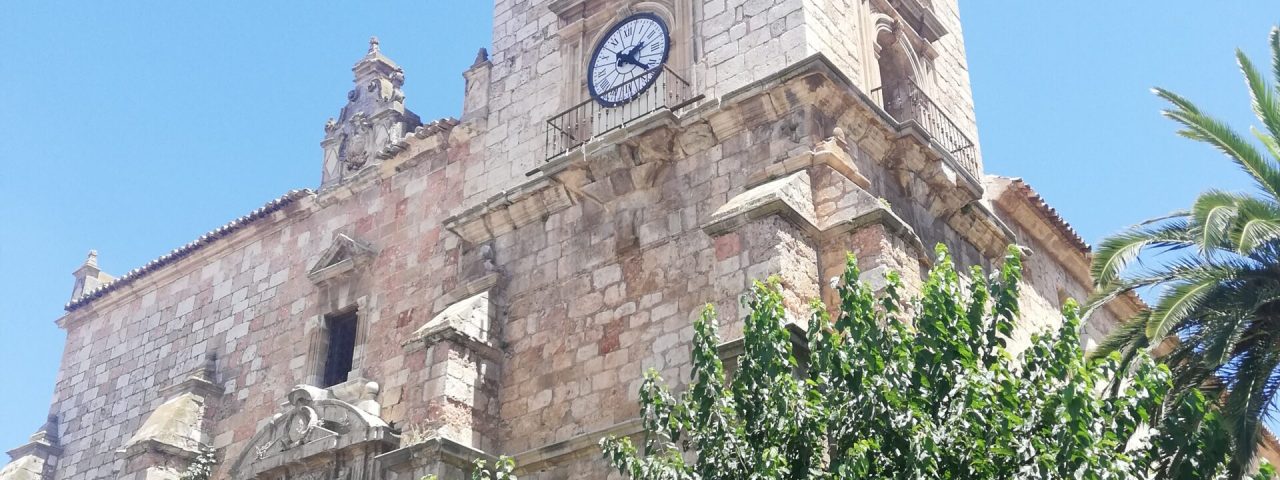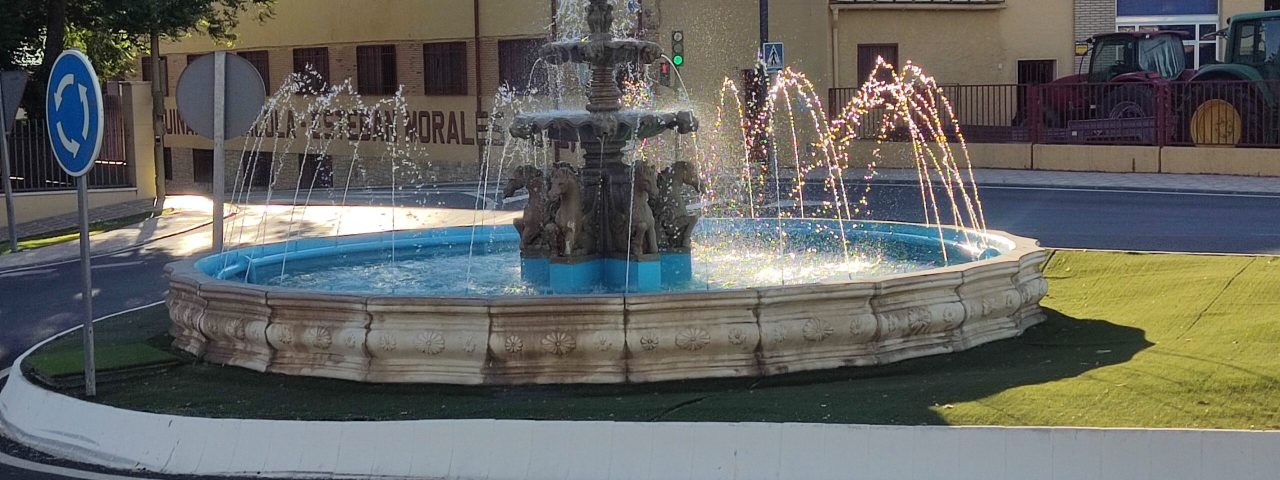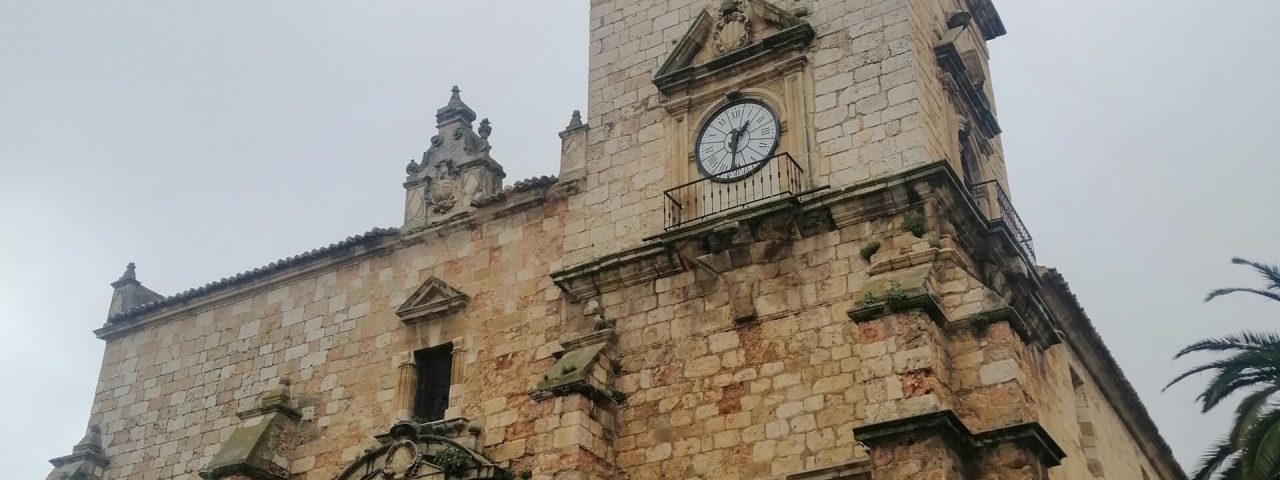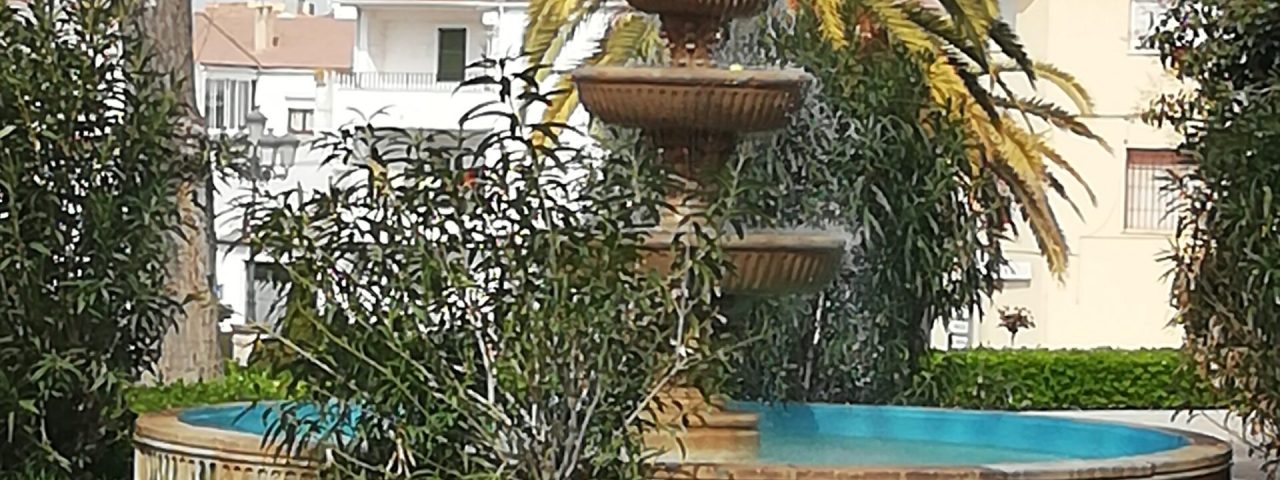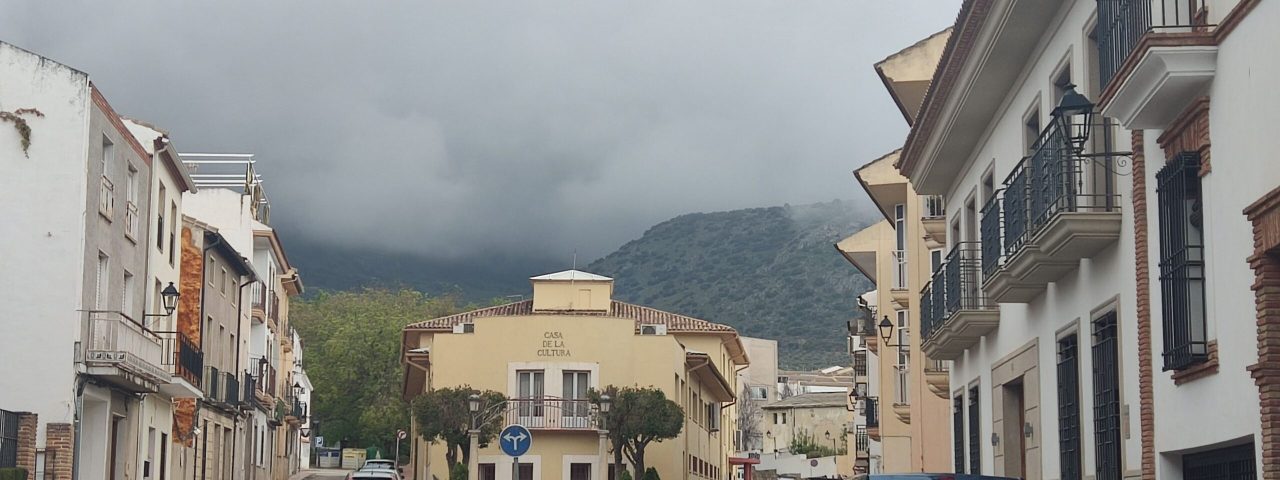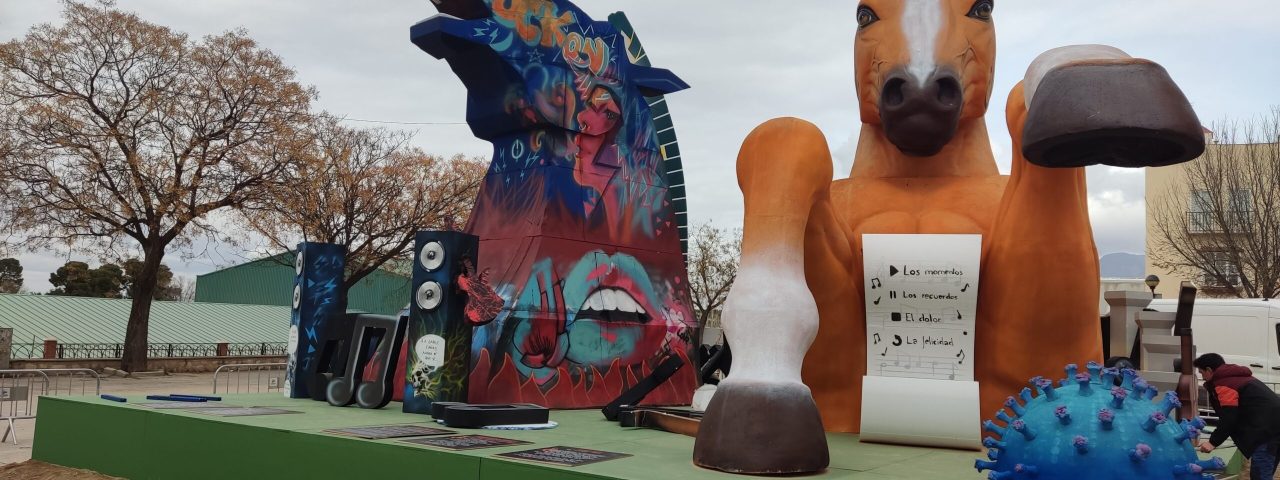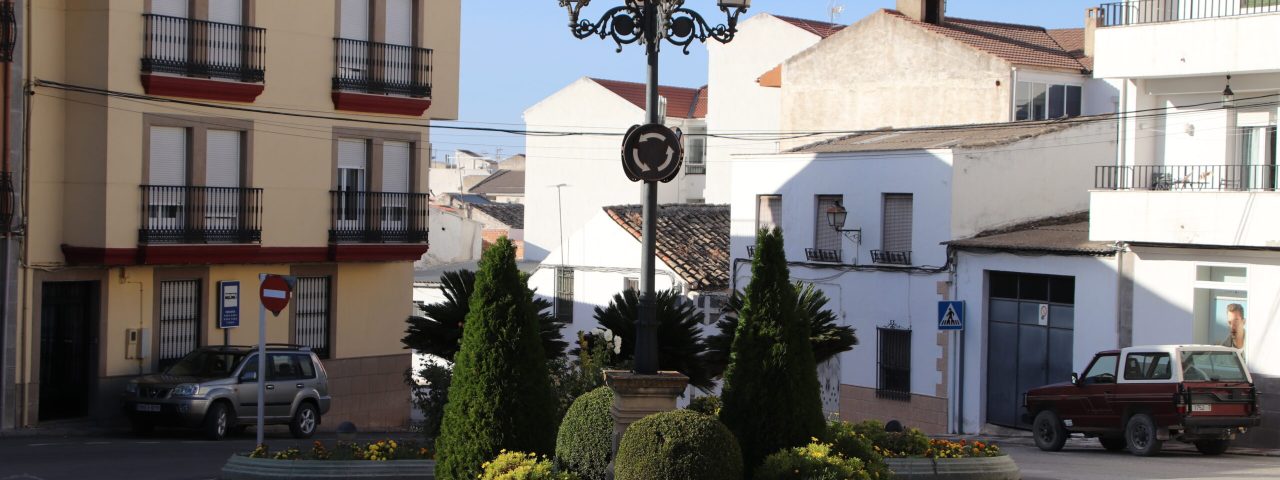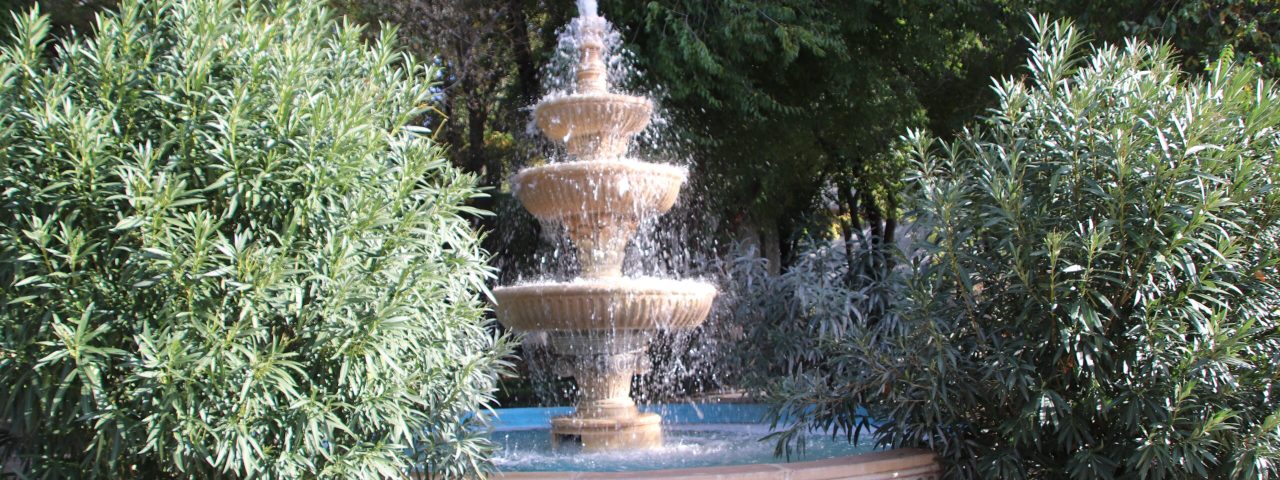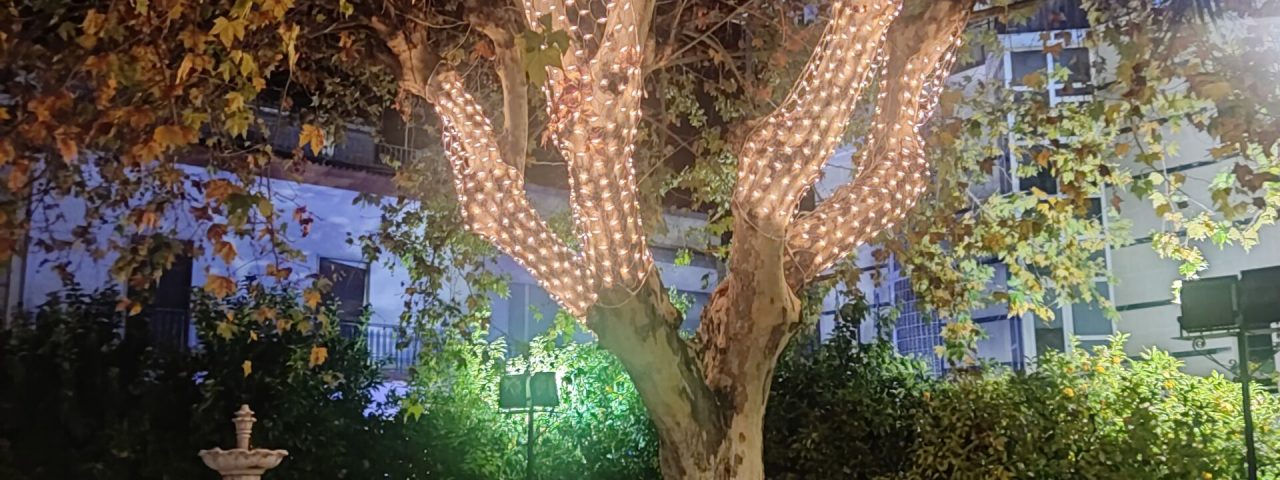The history of Mancha Real is rooted in its strategic location between larger Andalusian cities, making it an important settlement throughout the centuries. Its origins date back to Roman times, but it was during the Moorish period that the region saw significant development, with agriculture, particularly olive farming, becoming a cornerstone of the local economy. The Christian Reconquest of the 13th century left its mark on Mancha Real, as the city became part of the expanding Christian kingdoms, and many of its historical buildings reflect this rich past.
Culturally, Mancha Real is a city proud of its Andalusian heritage, which is expressed in its annual festivals, music, and dance. One of the city’s most significant cultural events is the “Fiestas de Agosto,” held every August, which celebrates local traditions with parades, live music, flamenco performances, and street parties. Additionally, religious events such as Semana Santa (Holy Week) bring the community together in colorful processions that reflect the deep-rooted Catholic traditions of the region.
Local customs emphasize a sense of community, hospitality, and a relaxed way of life. Visitors are often struck by the friendliness of the locals and the slower pace of life that contrasts with the hustle and bustle of Spain’s larger cities. Historical landmarks such as the Church of San Juan Evangelista stand as a reminder of the city’s storied past and its place in Andalusia’s cultural landscape.

